Estimated Read Time: 7 minutes
The Shaft-Tail Finch
Welcome to Part 2 of The Finches of Serenity!
This is our blog series about the many finches that call our Serenity Aviaries, home.
Here you can learn about the vibrant and cheery Shaft-Tail Finch, commonly known as the Long Tailed Finch!
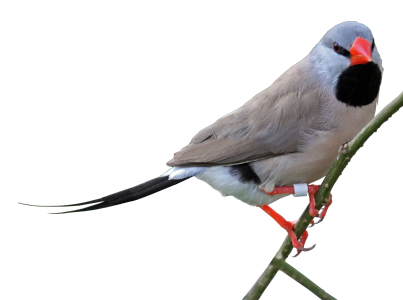
Common Names for a Shaft-Tail Finch
- Long Tail Finch
- Black Heart Finch
- Red Billed Long Tail
- Heck’s Grass Finch
Read further! We’ll discuss their physical appearance, behavior, breeding habitats, proper care for them, and more!
Shaft-Tail Finch Natural Habitat
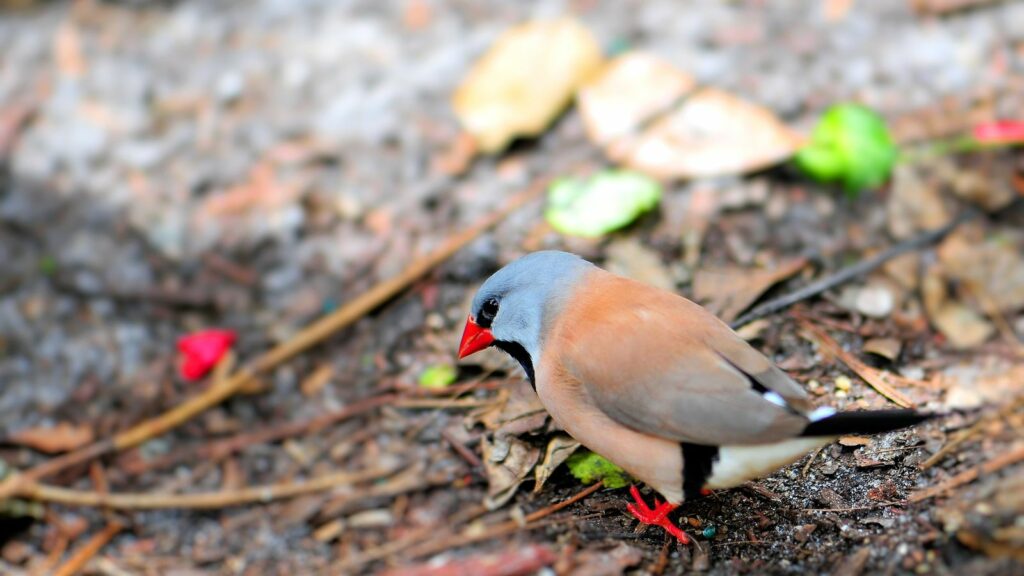
The Shaft-Tail Finch, also known as the Long Tailed Finch, is native to the northern and northwestern regions of Australia. They live in groups and spend their time in woodlands, arid savannahs, and shrublands.
They are a flourishing species, as they have the second largest finch population behind the zebra finch. As far as their diet, they eat grass seeds, small leafy greens, and small insects and fruits.
Physical Characteristics of a Shaft-Tail Finch
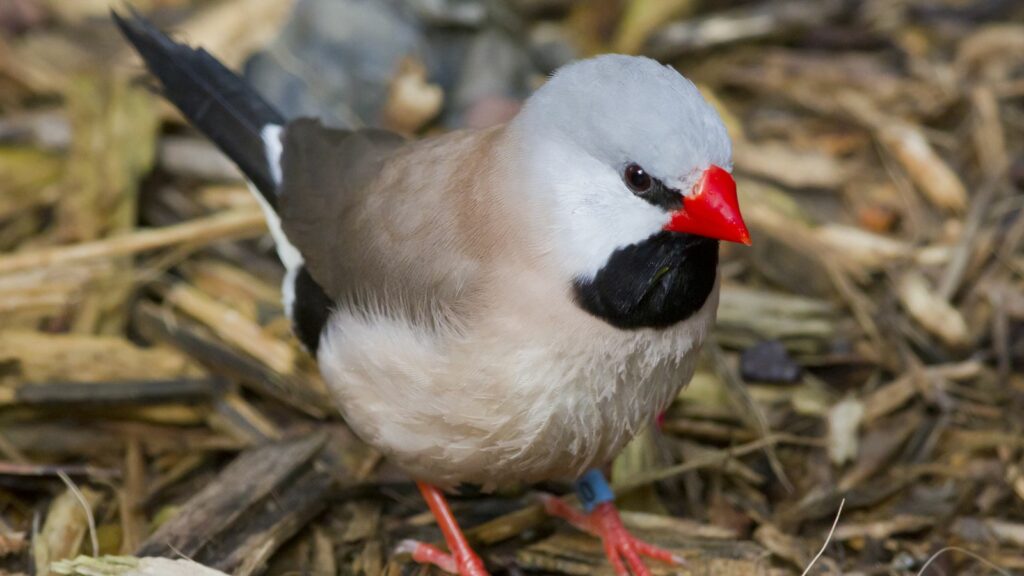
A male Shaft-Tail Finch usually grows around 5 to 6 inches, while females are slightly smaller. Both sexes have attractive color combinations that make them popular pets.
The most notable colors for the males are a bright red beak, grey head, black streak from eye to beak, and a black bib. They also have a brownish-grey belly, back, and wings, white and black underside, and bright red legs. And finally, this finch has a long black tail (where it gets its name from).
A female Long Tailed Finch has almost identical features except for a difference in bib size (slightly smaller). Hens’ colors are also slightly duller in comparison to the males.
Juveniles are similar still, but they have a smaller bib than the adults, along with duller plumage and flesh-colored legs and feet.
Color Mutations of Shaft-Tail Finches
Some other common color mutations consist of the following:
White Shaft-Tail
- Completely white with small black markings throughout
Fawn Shaft-Tail
- Brownish body color, dark brown eyes, and a dark brown bib
Cream Shaft-Tail
- Off-white over almost their entire body except for a light brown bib, tail, and underside.
Shaft-Tail Finch Song
Now you know what they look like, but do you know what they sound like? Play the video below to find out!
Behavior and Temperament of a Shaft-Tail Finch
Long Tailed Finches are very active, docile birds, which is another reason for their popularity. They enjoy interacting with birds of their own and other species. In aviaries, they enjoy bobbing their heads at their owners and saying hello to those that pass by.
However, they are relatively pushy finches, so use caution when housing them with other birds.
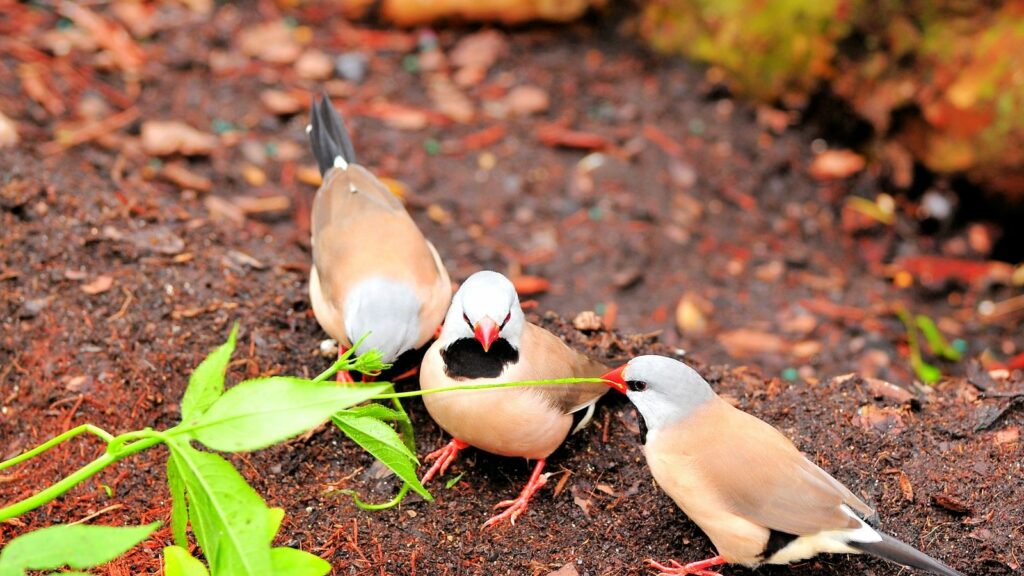
If there are multiple Shaft-Tail pairs in a bird aviary, there may be some aggression between them. Male Shaft-Tails, especially, may get aggressive with other species that look like them. And in a mixed aviary with passive birds, they might bully the nicer finches.
So, it’s smart to include birds with similar temperaments but different physical features, like a Zebra Finch or a Strawberry Finch.
Breeding Habits of Long Tailed Finches
In their Australian natural habitat, Long Tailed Finches will breed from January to May, encompassing most of the wet season and the start of the dry season. In captivity, they can breed any time of year if the conditions are adequate.
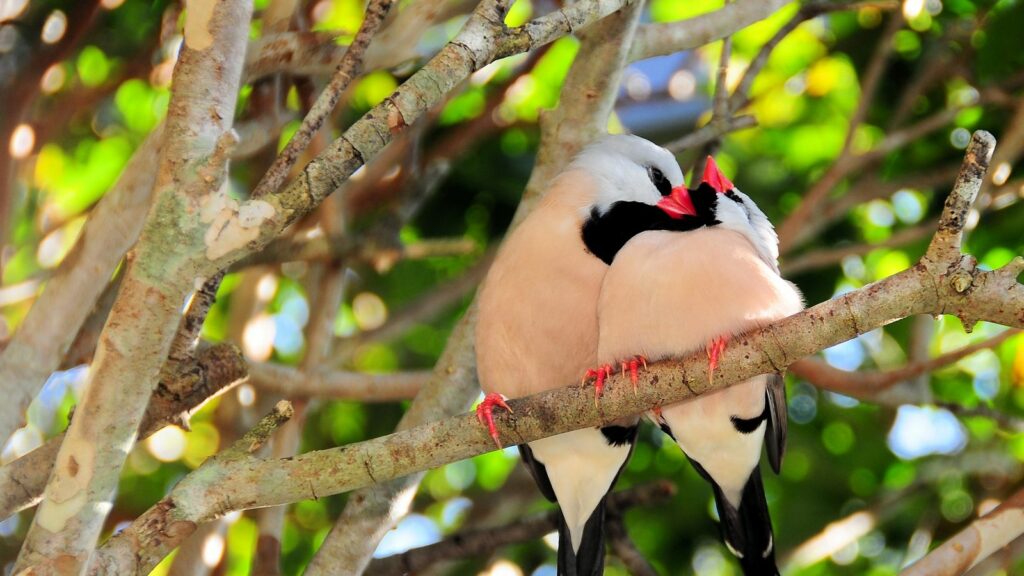
The hen will lay a clutch size of around four to eight eggs. Both the male and female Shaft-Tail will help incubate them. They will incubate the eggs until they hatch at around two weeks. At 21 days old, the birds will begin fledging. And after about six weeks, the parents will wean the fledglings out of the nest.
At this weaning date, we recommend moving the young Shaft-Tails out of that aviary. If the parents decide to mate again, they may become territorial and aggressive toward their young. Removing them from the cage doesn’t make any birds sad or stressed. Instead, it reduces conflict and allows for further breeding.
In fact, a hen Shaft-Tail finch can produce three clutches per season, so keep this in mind if you’re housing your breeding pair.
Care Guide for a Shaft-Tail Finch
Proper Aviary Design

Aviary Size
For each pair of Shaft-Tail finches, you should have at least 3-4 square feet of space on the bottom.
Shaft-tail finches are very active birds, so they need a large enclosure to be happy and healthy. Without adequate space and entertainment, this species is known to become obese in captivity.
An aviary that’s too small is also damaging to their mental state. They can become stressed, agitated, depressed, and aggressive. This will also encourage conflicts among birds in an enclosure, regardless of the species.
Aviary Shape
Because they enjoy flying back and forth and can’t climb, the length of their enclosure is more important than the height. Also, avoid using rounded edges for the structure, as this removes some of their available space.
Aviary Materials
Chewing and ingesting materials can be an issue for finches in an aviary. To avoid this, the structure should be free of softwood, paint, untreated steel, and soft plastics.
By using high-grade materials, our Serenity Aviaries don’t allow for chewing or ingestion. These structures are made from solid oak, stainless steel wire, anodized aluminum, high-grade laminate panels, and acrylic or glass windows.
Aviary Features
For a Long Tailed Finch enclosure, you’ll need food and water access, ventilation, adequate internal lighting and heating, among other accessories.
Each of our aviaries comes with these features, and we’ll perform regular maintenance and food replenishment on each service visit. We also offer many additional accessories for your and your finch’s benefit.
Customize Your Own Shaft-Tail Finch Aviary
We work with each client to learn about their facility and its space requirements. Then we discuss the dimensions and overall aviary design. Finally, we’ll decide on the appropriate number of birds that best fit the enclosure.
Each bird aviary is custom-made in our state-of-the-art woodworking factory. Below are some of our popular aviary colors you can choose from. Black and white are our contemporary finishes, and if you’d like a different hardwood color than what you see below, you can reach out to us here.
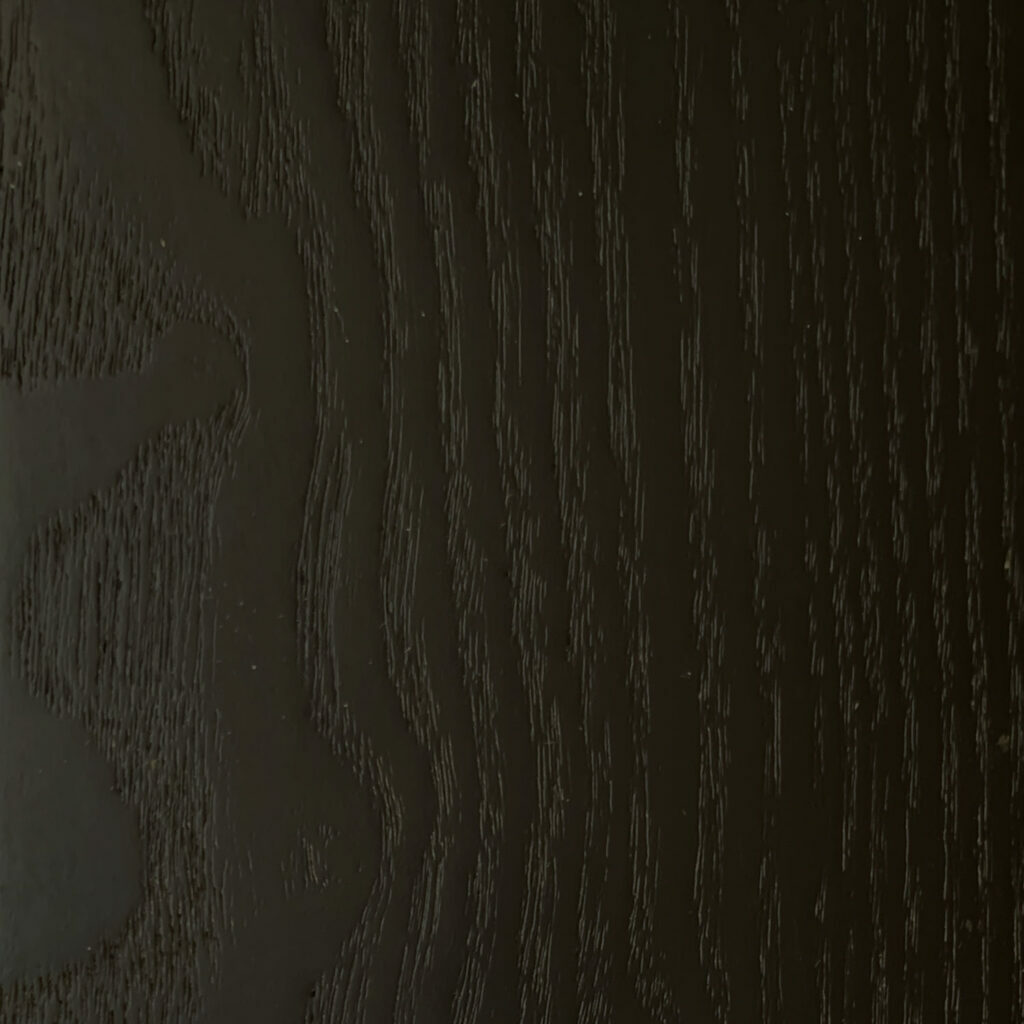

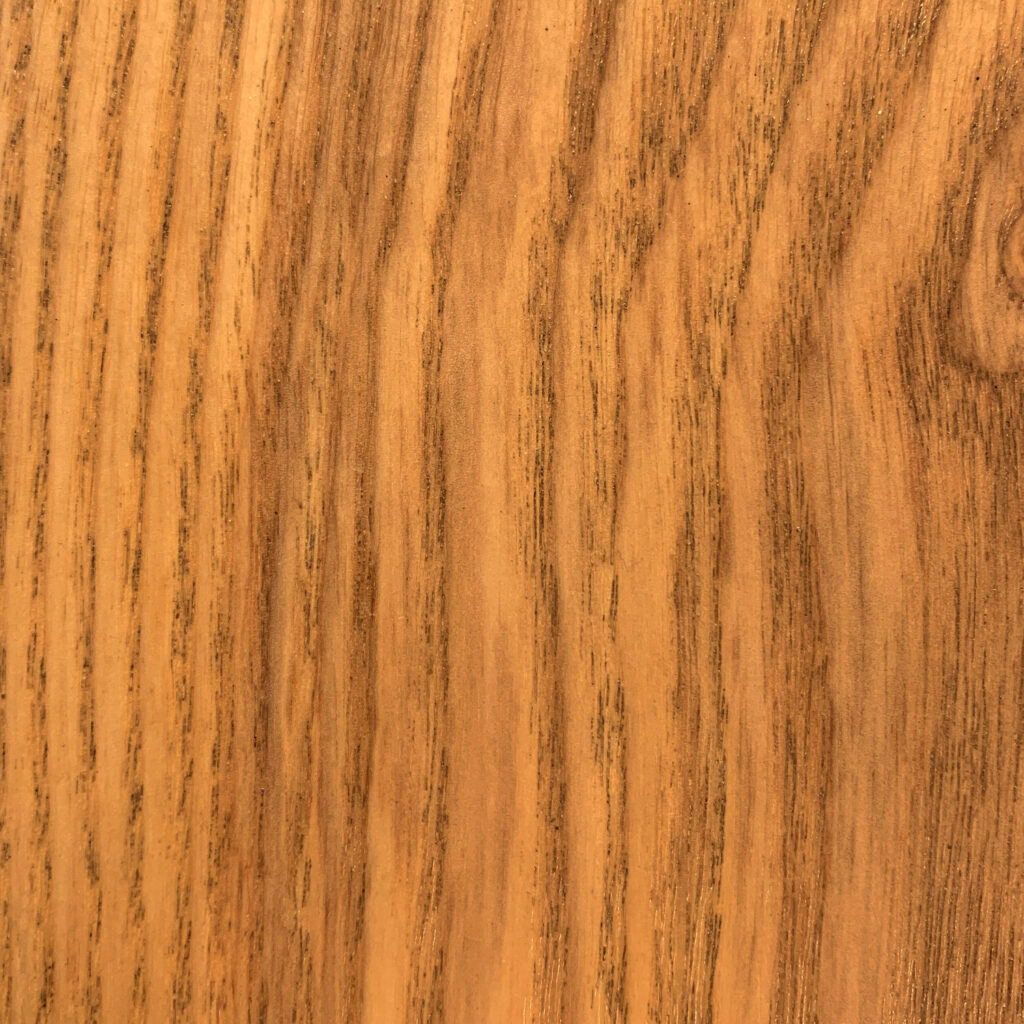
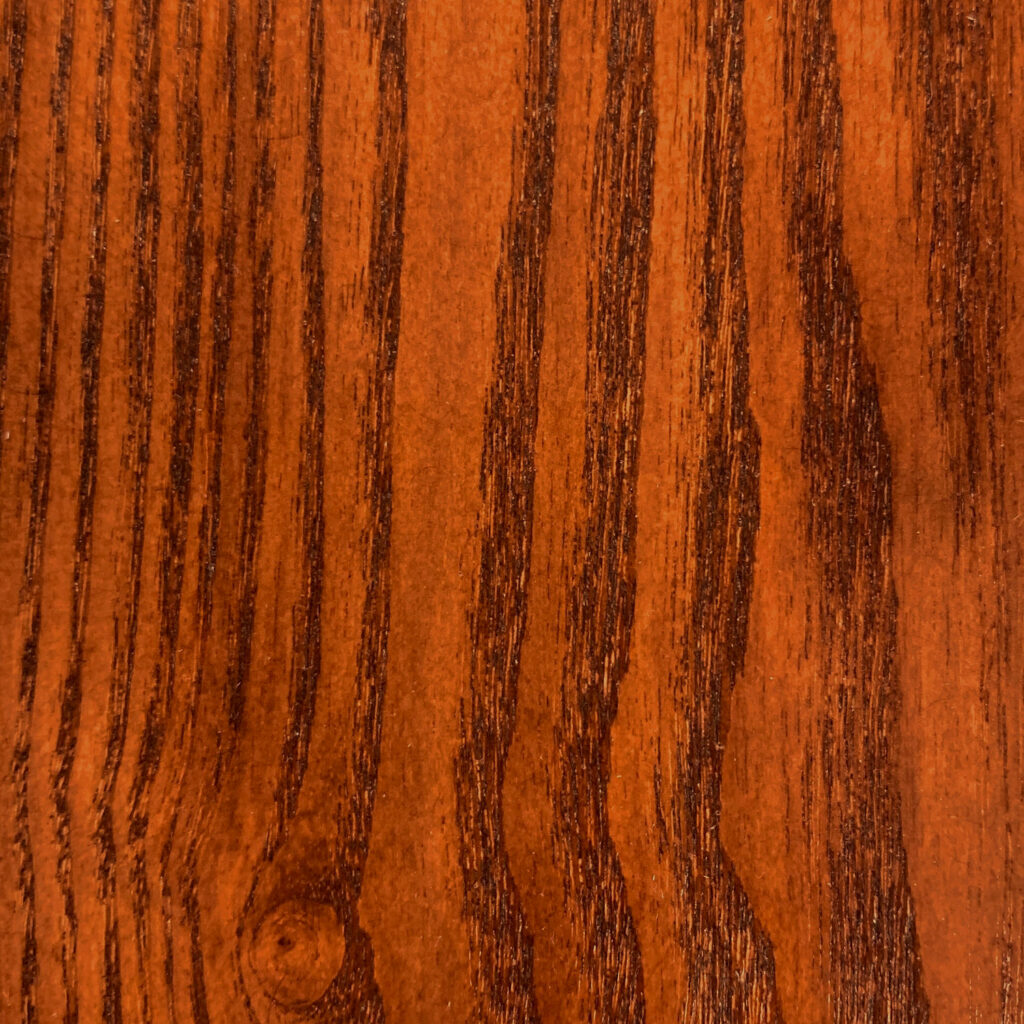
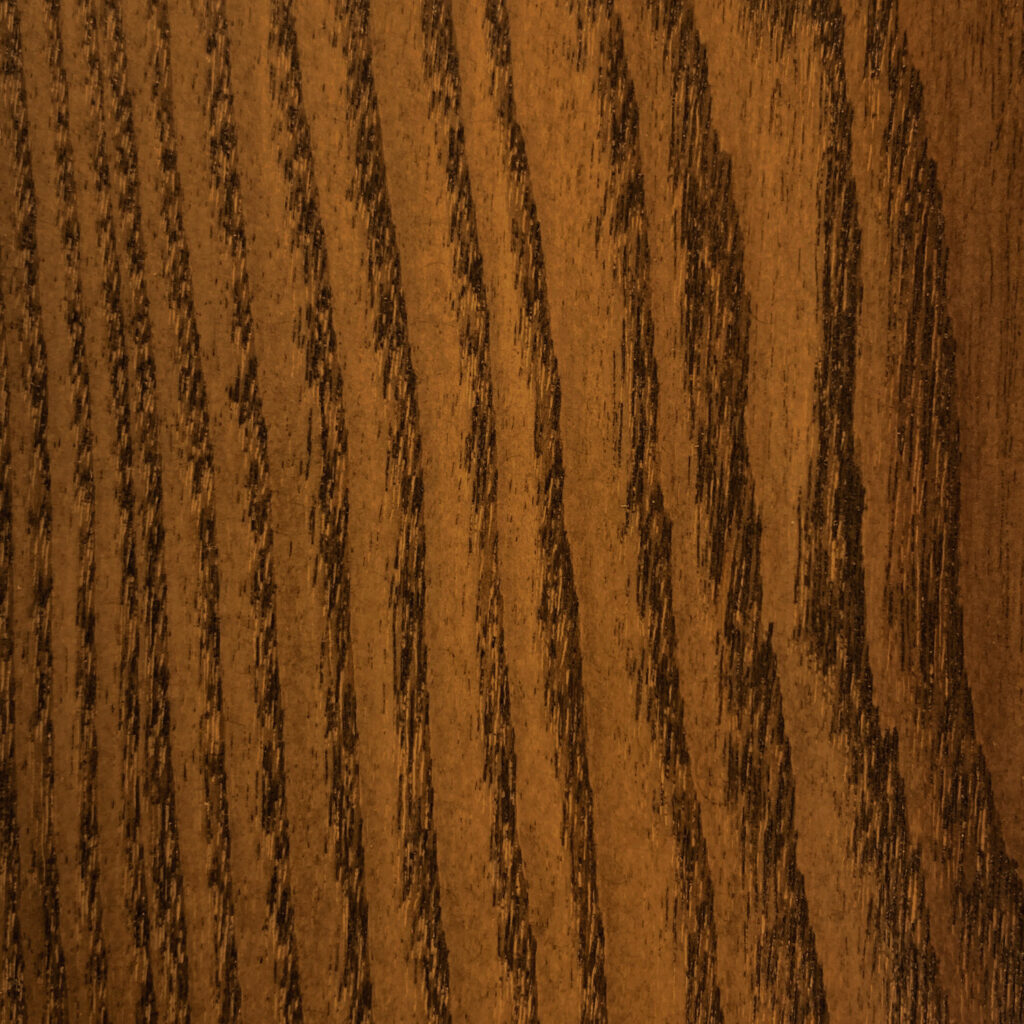
Keeping Long Tailed Finches with Other Birds
Shaft-Tail finches aren’t the most aggressive birds, but they’re not the nicest, either. They fall into the “pushy’ category, so we’re careful when adding birds to these aviaries. They get along well with birds of their species, but they can also get aggressive with them. This happens the most between males in cages with multiple mating pairs.
Mixed aviaries are acceptable with Shaft-Tail finches. But, they can be hostile to other species that resemble their physical appearance. So, in our Serenity Aviaries, we mix Shaft-Tails with birds that match their temperament but differ in appearance, like a society finch, a zebra finch, or a green singer finch.
Fresh Food and Water
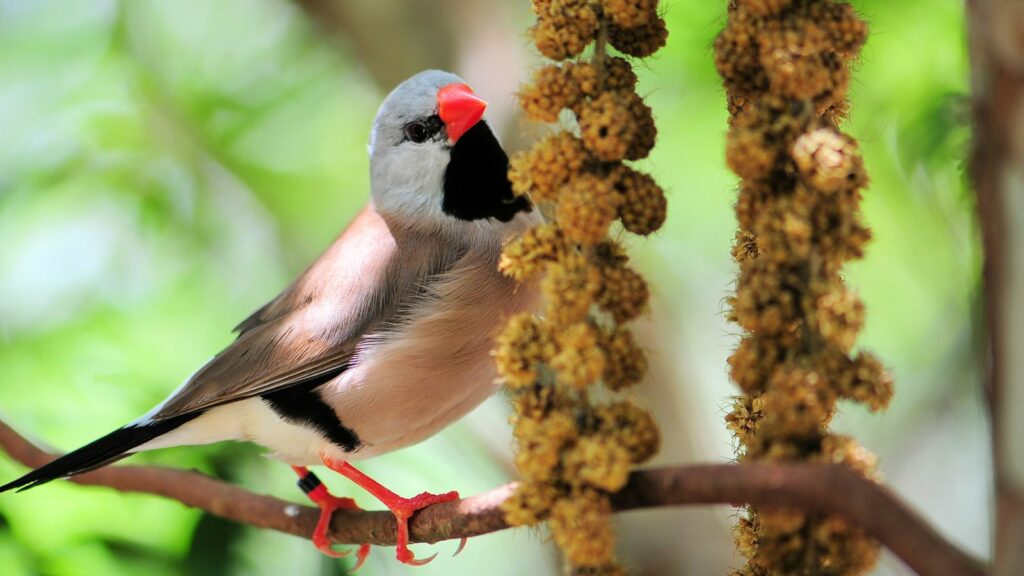
When housing a Long Tailed Finch, supplying a mix of seeds, small leafy greens, and fruits will suffice for most of the year.
VCA Animal Hospitals recommends using “…a balanced diet of commercially available palleted food with smaller amounts of fresh produce and seed.” During the breeding season, however, they like to eat insects for extra nutritional value. Their favorite foods year-round consist of millet, egg food, sprouted seed, small mealworms, termites, and ant pupae.
As for water, you should offer fresh dishes of water every day. There should be one water source for bathing and one for drinking, and both should be cleaned with soap and water and replenished each day.
The Infinity Feeder
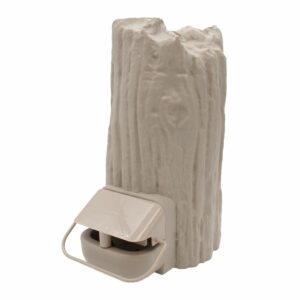
Wouldn’t it be nice not to have to worry about feeding or cleaning dishes every day? Well, Serenity makes this possible. Our proprietary bird feeder/waterer, the Infinity Feeder, holds plenty of bird seed and keeps their drinking water sanitized for months (or until our next service visit).
In fact, since implementing this product, significantly fewer birds are getting sick. Each time we visit a location, we provide health checks on the birds and replenish the feeder with fresh bird seed and water.
Functional Décor
You will need some interior décor to offer entertainment and comfort for Long Tailed Finches. Some vital objects to include are nests, branches, and swings.
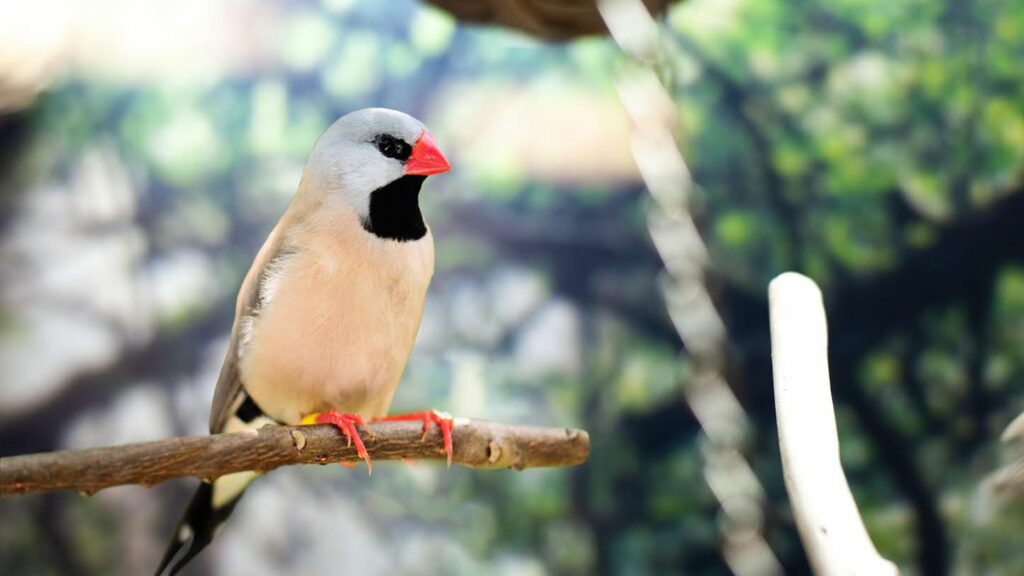
Swings and Branches
Swings and branches offer entertainment, a spot to perch, and a way to establish territory. An added bonus is that by jumping and landing on these horizontal branches, they naturally trim their claws.
It’s also important to install these items toward the top of the aviary because finches prefer to perch as high up as possible.
Nests
As for nests, Long-Tailed finches may use them for resting, hiding, and breeding if you have a breeding pair. Just like perches and swings, make the nests accessible, but position them as close to the top as possible.
Ongoing Aviary Cleaning and Maintenance
By leasing through Serenity, much of the maintenance will be taken care of for you. You’ll get an elegant bird enclosure, a collection of finches, a full suite of proprietary products, and routine cleaning services for no upfront cost and a low monthly fee.
Without Serenity Services, you have several things to do to keep your Shaft-Tails happy and healthy:
- Sanitize and replenish food and water sources.
- Remove and replace bedding.
- Clean droppings tray.
- Wipe down all surfaces.
- Scrub all cracks and crevices.
- Sanitize and rotate accessories.
- Thoroughly rinse and dry the enclosure.
If you have any questions about our aviaries or how to care for your Shaft-Tail finches, don’t hesitate to reach out today!
Next Up: The Strawberry Finch
Thank you for visiting our blog! We will continue our finch-focused blog series on Tuesday, March 28th, 2023, so check back in to learn about the Strawberry Finch!
Also, keep an eye out for our other informative blog posts on birds, aviaries, fish, and aquariums!
